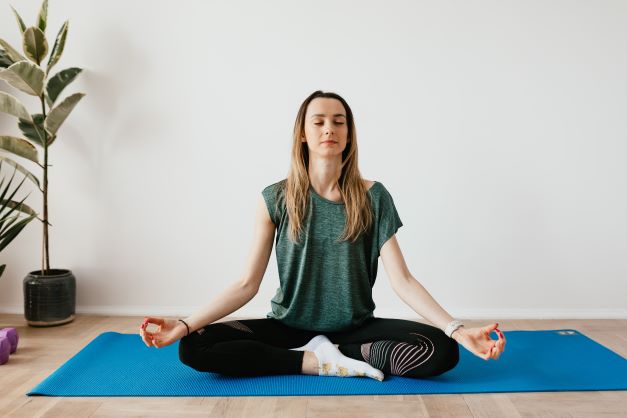How to keep your bones healthy?

How confident are you regarding your bones? How often do you find the aged ones around you complaining about their knee or joint pains? And, do you apprehend the same for you in future? Well, the reason for pain can be many and a doctor can precisely tell about the underlying causes behind that. But, what you can do, for now, is to have a basic info of bones, which will help you to know how important bones are for your body. As you read on, you will come to know how slowly bones degenerate and eventually how it might lead to many problems related to bones in your body. Yes, this quick guide will help you make your bones stronger and so in future you can avoid many ailments related to bones.
What is bone?
Bones in our body are made of living and growing tissue. The inner part of our bone appears like sponge. The outer covering of bones is dense bones.
What bone does to body?
Bones support our body and help in protecting important organs. Bones are also like storehouse of other minerals. When our body is in need of calcium, it breaks down and builds bone again. This process, also called bone remodelling, keeps the bones strong and provides calcium to the body.
Break down of bones:
In our entire lifetime, old bones breakdown and new bones are added to the skeleton. This break down and build up continue throughout our life, but in a different way. Till you are 30, your body builds more bone in comparison to your loss. More precisely, most new bones are added during childhood and teenage years. So, during this time period bones become bigger, heavier and stronger.
But after 35, breakdown happens at a greater pace than bone formation. As a result, your body experiences a continuous loss of bone mass. This is called bone loss.
What leads to bone loss?
There are various factors which cause bone loss. A diet which is low in calcium, physical inactivity, use of tobacco and alcohol, and even certain medications like corticosteroids (drugs which lower inflammation) might lead to bone loss.
Besides, if you are a woman you have a greater risk of osteoporosis (a condition in which bones become extremely weak and break easily) as females have less bone tissue in comparison to males. Also, those who are small and thin may have less bone mass.
What is Bone mass?
Bone mass is the amount of minerals in bones. Bone mass is a measure of the amount of minerals (mostly calcium and phosphorus) present in a specific volume of bone. It is also known as bone density or bone mineral density.
So, how to keep bones healthy?
Following are the steps that you can take for keeping your bones healthy:
- Increase calcium intake
As calcium deficiency is a major cause of bone loss, so it is very important that you take enough calcium. Dairy products, almond, broccoli etc are good sources of calcium. In case, you cannot get enough calcium from your diet talk to your doctor for supplements.
- Vitamin D intake
Vitamin D helps your body absorb calcium. So, it is important that you be aware of your vitamin D intake. Make sure that you add oily fish, mushrooms, egg, milk and cereals to your diet. Also, your exposure to sunlight helps in production of Vitamin D.
3. Lead an active life
For healthy bones it is important that you make a habit of leading an active life. Even if you are not hitting the gym, but simple exercises like walking, jogging and climbing stairs help you to have strong bones and minimises your bone loss.
4. Avoid smoking and alcohol
Abstain from smoking and alcohol consumption as far as possible. If you can’t, curtail down its consumption. If you are a woman it is best to limit only up to one alcoholic drink each day. For men it should not be more than two.
A 360-degree overview:
Healthy bones are very important for a healthy body. Though you don’t have to take extra pains for keeping your bones strong in your body, but your ignorance and not having calcium and vitamin D can play havoc to your health. It might lead to Osteoporosis, which all on a sudden will set alarm bells ringing.
( The content of this article is for informational purpose only. It cannot be a substitute for advice from a medical practitioner. Read DISCLAIMER for more…)








